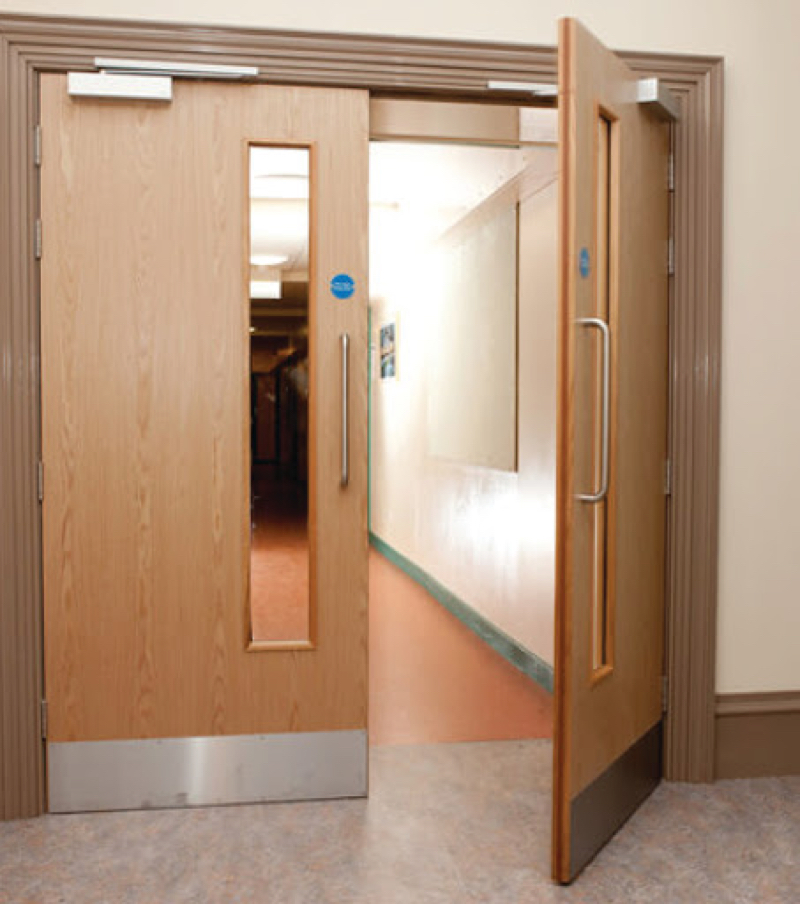In the world of architecture, engineering, and construction (AEC), fire safety is a top priority. Fire doors, designed to prevent the spread of fire and smoke, are a critical component of any building’s safety system. However, keeping track of fire door locations and certifications across large or complex buildings can be challenging. Virtual walkthroughs within Computer-Aided Design (CAD) environments provide an innovative solution to this challenge.
What Are Virtual Walkthroughs in CAD?
Virtual walkthroughs enable users to explore 3D models of buildings in real-time, offering an immersive experience to visualize spaces as if walking through the physical environment. When integrated into CAD software, these walkthroughs become more than just a visualization tool—they offer a powerful platform for planning, analyzing, and documenting critical elements of a building’s design, including fire safety features.
Tagging Fire Door Locations
Using virtual walkthroughs, fire door locations can be tagged directly in the 3D model. This allows project managers, architects, and engineers to:
- Easily identify fire door placements: Users can navigate through the digital model, clearly marking the exact location of each fire door in relation to other building elements, such as exits and stairwells.
- Ensure compliance with fire safety codes: Fire door locations can be cross-referenced with regulatory requirements, ensuring the building design adheres to safety standards.
- Streamline updates and modifications: As building designs change, updating fire door locations in a virtual walkthrough is seamless. Teams can quickly spot any issues with door placement and make adjustments before construction begins.
Attaching Fire Door Certifications
Another benefit of virtual walkthroughs is the ability to digitally attach fire door certifications. These certifications, which verify that the fire door meets safety standards, can be linked directly to the corresponding door within the CAD model. Key advantages include:
- Centralized documentation: Fire door certifications can be stored within the model itself, allowing easy access to essential safety documents during inspections or audits.
- Real-time tracking: As certifications are updated or renewed, these changes can be reflected instantly in the CAD environment, ensuring that all documentation is current and accessible.
- Improved collaboration: Project stakeholders, including safety inspectors, can view fire door certifications remotely via the virtual walkthrough, facilitating a collaborative approach to fire safety management.
Conclusion
Integrating virtual walkthroughs into CAD for tagging fire door locations and attaching certifications offers a smarter, more efficient way to manage fire safety. By combining the visual clarity of 3D models with real-time data on door placements and certifications, teams can enhance safety compliance and streamline project workflows. As the construction industry continues to embrace digital tools, virtual walkthroughs represent a forward-thinking approach to building design and fire safety.


